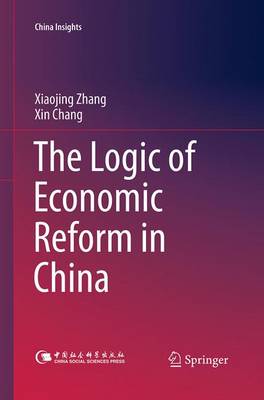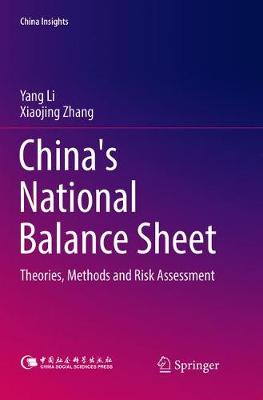China Insights
2 total works
This book provides a historical overview of Chinese economic reform over the past 30 years. From the genesis of the reform to the gradual improvement of the market system, and then to the re-start of the critical stage of the reform, this book includes not only research on the reform process, but also detailed descriptions of the key areas of reform since the Third Plenary Session of the 18th CPC Central Committee. On this basis, the author develops six logics for Chinese economic reform. Firstly, reform is cyclical, moving between rapid advances and deadlock; this calls upon us to re-examine the common view of reform. Secondly, reform is systematic; it cannot succeed without supporting reforms in other fields. Thirdly, the relationship between reform, development and stability should be properly handled. This “trinity” is quite different from the perspective of western mainstream theory, which puts too much emphasis on efficiency. Fourthly, the success of Chinese reform was not achieved by chance. The reform practice is based on the theoretical logic, and also goes beyond the debate between progressive and radical modes. Fifthly, the Top-level Design should be combined with “crossing the river by moving from stone to stone,” i.e., the theoretical basis of reform should be combined with reform practice. Sixthly and lastly, the ongoing reform in China must be understood in the contexts of global competition and reform competition.
With the goal of perfecting the national governance system and raising the country's governance capability, this book systematically analyzes the characteristics and trajectory of China's economic expansion and structural adjustment, while also assessing a variety of short-term debt and long-term economic performance and financial risks. In addition to discussing the market-oriented reform process at the stage of economic development, institutional and structural characteristics, it presents research on the country as a whole, its residents, non-financial corporations, financial institutions and central banks, the central government, local government, and other external sectors.
On the basis of extensive data, the book analyzes the national and sectoral balance sheets in China and explores a number of major issues the country is currently facing, such as sustainable development, government restructuring, local debt, welfare reform, openness and stability of the financial system, etc., as well as suitable policy measures and institutional arrangements for addressing them.
On the basis of extensive data, the book analyzes the national and sectoral balance sheets in China and explores a number of major issues the country is currently facing, such as sustainable development, government restructuring, local debt, welfare reform, openness and stability of the financial system, etc., as well as suitable policy measures and institutional arrangements for addressing them.

